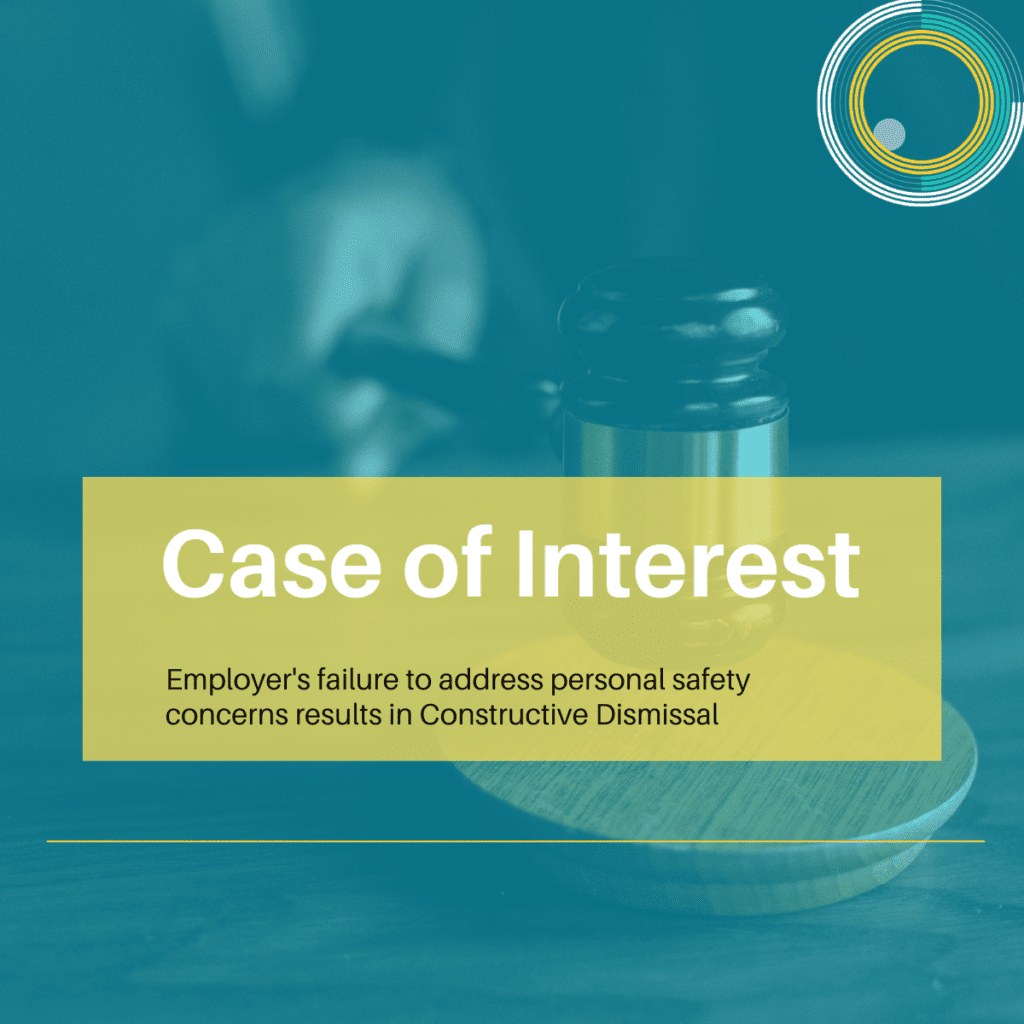The effect of the COVID-19 virus on our economy is likely to be significant. As a consequence, some employers are going to need to take costs out of their businesses in order to weather the present environment.
Some employers may be able to effect sufficient savings by encouraging staff to take leave without pay, early retirement or even salary or wage reductions.
But if restructuring your business does become necessary, the legal rules for achieving a crisis free restructuring are the same for the COVID-19 environment as they were before the virus arrived.
Dismissal for redundancy in the COVID-19 environment maintains its status as a fault free dismissal. A dismissal for any redundancy is a dismissal of an employee who is superfluous to the needs of the employer.
The redundancy must be genuine. Employers cannot use COVID-19 as an excuse to dismiss a worker who is a poor performer, for instance. Moreover, if the employer has mixed motives (COVID-19 and performance, for instance) the employer must prove that the predominant nature for dismissal was COVID-19, not the performance issues.
It is not enough for the employer to “believe” in the need for the redundancy; the employer must be prepared to satisfy a court or tribunal of that fact. This will necessitate being prepared to put before a court or tribunal the persuasive evidence of the effect of COVID-19 on the enterprise, in the same way that the employer will be required to put that information before affected staff.
Good faith is an overarching requirement of the procedural aspects of redundancy because in order for a redundancy to be justifiable at law, it must be both substantively justified and procedurally fair.
Section 4(1A) of the Employment Relations Act 2000 requires parties to deal with each other in good faith. This is particularly the case when the employer is contemplating dis-establishing one or more positions where the law requires the employer to provide employees with relevant information about the effect COVID-19 is having on the business or is about to have. Put shortly, the affected employees should have access to the same body of information that the employer has used to reach its preliminary decision.
That information should be available at an early stage in the process of consultation which must begin with an engagement with each affected staff member, when the restructure is a draft proposal only.
The employer must maintain an open mind during the consultation process and give staff a proper opportunity to provide input into the process. The employer must then genuinely consider staff submissions, including looking carefully at alternatives to delivering redundancy.
If you would like our help in progressing a restructure, we would be glad to help. We have a number of experts who stand ready to assist you.
Written by James Crichton, Employment Law Specialist.




